The story of Ayni, India’s joint military facility with Tajikistan—which it started to vacate in 2022 after the expiry of a bilateral agreement—spanned nearly a quarter century. India has ensured stability in its extended neighbourhood, almost always at the invitation of the host country. While India did not inherit all of Britain’s military power, it retained its autonomous military capability, which came into play soon after independence. India consolidated the nation by securing Jammu & Kashmir through the Instrument of Accession and by launching military operations against the princely states of Hyderabad and Junagadh and later taking over Goa from the Portuguese.
India’s out-of-area military assistance in the neighbourhood began in Nepal, where it helped resolve internal conflict in 1950, assisted in organising the first multiparty election in 1959, searched for and located aircraft wreckage in 1998 during the Maoist insurgency (1996–2006), and provided earthquake relief in 2015.
In Bhutan, the Indian Army helped flush out insurgents in 2003; in Myanmar, it jointly fought insurgents in 2004 and conducted disaster relief operations in 2025. In Sri Lanka, India assisted in quelling the Communist uprising in 1971 and countering Liberation Tigers of Tamil Eelam (Ltte) guerrillas between 1989 and 1991. In the Maldives, India thwarted an attempted coup by Tamil mercenaries in 1988.
In 2001, India turned down a US request to deploy two divisions of troops in Iraq but did escort American vessels across the Malacca Strait during that period. India has never engaged in expeditionary operations except under a UN mandate in select peacekeeping missions worldwide. It acquired joint use of a military facility at Agalega in 2024—an island belonging to Mauritius in the southwest Indian Ocean. Similarly, India enjoys access to France’s island territory of Réunion in the Indian Ocean and is negotiating a joint military base on Assumption Island under Seychelles’ sovereignty.
Impact Shorts
More ShortsThe Ayni story, therefore, forms part of India’s natural quest for overseas military facilities, catalysed by the Pakistan-supported Taliban’s capture of power in Afghanistan in 1996. How this was planned and executed was explained to me—as part of a Royal Indian Military College (RIMC) delegation of retired Army officers led by former Army Chief Gen V N Sharma invited to Pakistan in 1996—by Interior Minister Maj Gen Nasirullah Khan Babar, a pre-Partition RIMColian. Dawn newspaper heralded our arrival with the headline “Indian Generals invade Pakistan”. India-Pakistan relations were cordial then.
R&AW was working with Tajikistan to establish a forward staging post to monitor Pakistan, Afghanistan, and Central Asia. The geopolitical context favoured India, as both the US and Russia supported the idea of India setting up a forward military post in Tajikistan. Initially, it was at Farkhor, an old Soviet aerodrome. It soon became operationally necessary to assist the Northern Alliance offensive against the Taliban in 2001.
By mid-2000, India had set up at Farkhor a range of military assets, including intelligence, surveillance, and logistics facilities, as well as a field hospital. Lt Gen Ravi Sawhney, India’s Military Intelligence Chief, established an advanced headquarters there. Making Farkhor airbase operational cost India about $15 million. On 9 September 2001, Taliban operatives assassinated Northern Alliance leader Ahmad Shah Massoud. He was evacuated to the Farkhor field hospital but could not be revived. The Northern Alliance subsequently stormed Kabul as the Taliban retreated into the Tora Bora hills and Pakistan. Farkhor was thus the precursor to Ayni.
In September 2002, I was in Defence Minister George Fernandes’s office when he received a phone call from India’s Ambassador to Moscow, K Raghunath, later Foreign Secretary. The long conversation, filled with ifs and buts, ended with Fernandes saying: “You must send the text of the agreement.” It was about the Ayni military base, which, though under Tajik sovereignty, was de facto under Russian operational control, hosting two of its divisions, including a motorised one. Ayni (formerly Gissar), located west of Dushanbe, was sought by India after vacating Farkhor, knowing that Moscow was the ultimate sanctioning power.
Fernandes was authorised to negotiate the Ayni deal with Russia while working on the Admiral Gorshkov aircraft carrier package. Cash-strapped Russia linked the Ayni base with the Gorshkov deal, which included refitting, modernisation, and conversion of the carrier deck for Short Take-off But Arrested Recovery (Stobar) operations, along with MiG-29K and Kamov-28 helicopters. The Gorshkov package cost rose from USD 1.5 billion in 2004 to over USD 2.6 billion when the ship—renamed INS Vikramaditya—was commissioned in 2013.
Renovating the Ayni base and extending its runway to 3,200 metres for fighter and commercial aircraft cost around $200 million, including an ATC and fuel depot. In a 2016 briefing at Army Headquarters, the Engineer-in-Chief mentioned that 200 Border Roads Organisation personnel and an IAF detachment were stationed there. For a short time, Su-30MKI and Mi-17 helicopters were deployed. The Ayni agreement for joint use was signed in late 2002 for 20 years.
After the Taliban returned to power in 2021 with Pakistan’s help, they began objecting to India’s presence in Tajikistan, where the National Resistance Front—led by Ahmad Massoud, son of the slain leader—was regrouping. Ayni proved a valuable outpost for R&AW and Military Intelligence, enabling India to supply the NRF and provide humanitarian aid to Afghanistan when Pakistan closed Wagah and Karachi, and Chabahar came under US sanctions. Following the Taliban’s second takeover of Afghanistan, Indian nationals, embassy staff, and other assets were evacuated from Ayni.
Prior to this, in February 2019, during Operation Bandar after the Pulwama terror attack, Air Chief Marshal Birender Dhanoa considered deploying Mirage 2000 bombers from Ayni, but the plan was dropped for security reasons and due to a clause in the India-Tajikistan agreement prohibiting such use.
The Ayni agreement was not renewed by Tajikistan under collective pressure from China, Pakistan, and even Russia. Beijing’s Belt and Road Initiative incentives for Dushanbe were an additional factor. India’s balancing act between its Comprehensive Global Strategic Partnership with Washington and its Special and Privileged Strategic Partnership with Moscow has come under strain due to conflicting interests—such as the Ukraine war, US sanctions on Russia, and India’s purchase of Russian oil. Tajikistan, a member of the Russia-led Collective Security Treaty Organisation (CSTO), also hosts a permanent 7,200-strong Russian tank division.
Although India-US relations are at their lowest point in a decade, Moscow was either unable or unwilling to resist Beijing’s pressure over India’s withdrawal from Ayni—despite the traditional Russia-China rivalry in Central Asia.
India’s quarter-century-long strategic presence—and its only base in Central Asia—quietly ended in 2022. New Delhi wound down operations at Ayni, a fact that the media discovered only three years later. MEA spokesperson Randhir Jaiswal later confirmed the closure. India’s exit from Ayni will likely re-energise its pursuit of new military facilities in the Indian Ocean—the next arena of strategic contest and competition.
(The author is former GOC IPKF South Sri Lanka and founder member Defence Planning Staff, now Integrated Defence Staff, Ministry of Defence. Views expressed in the above piece are personal and solely those of the author. They do not necessarily reflect Firstpost’s views.)


)
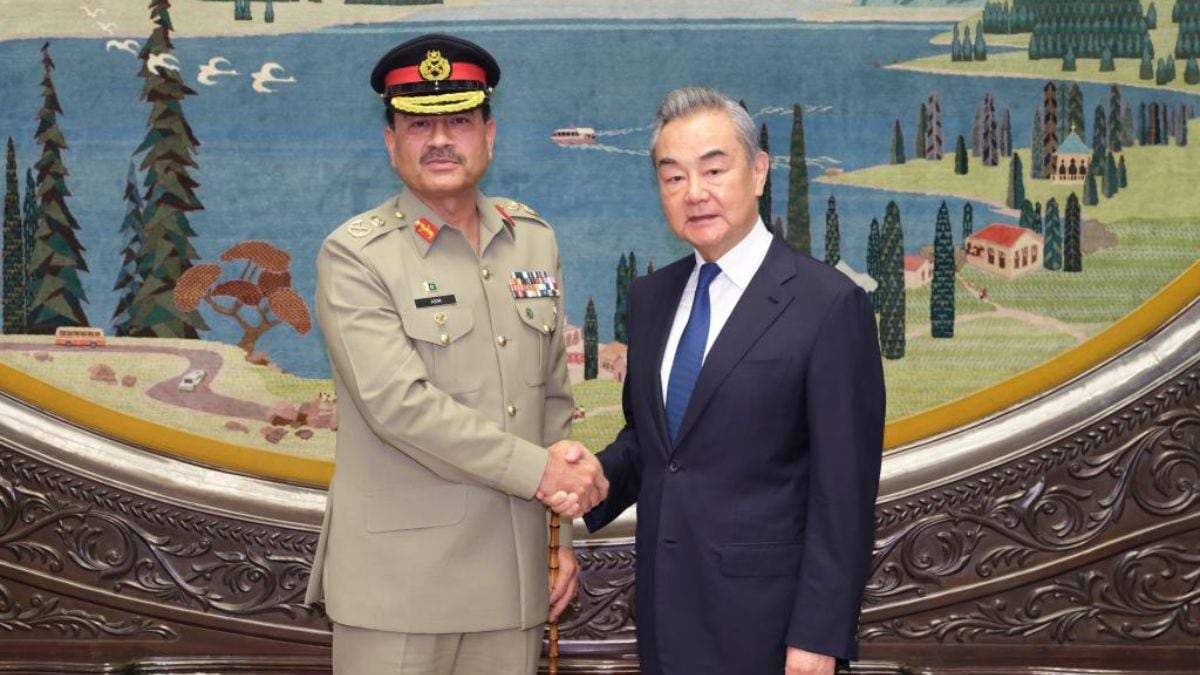
)
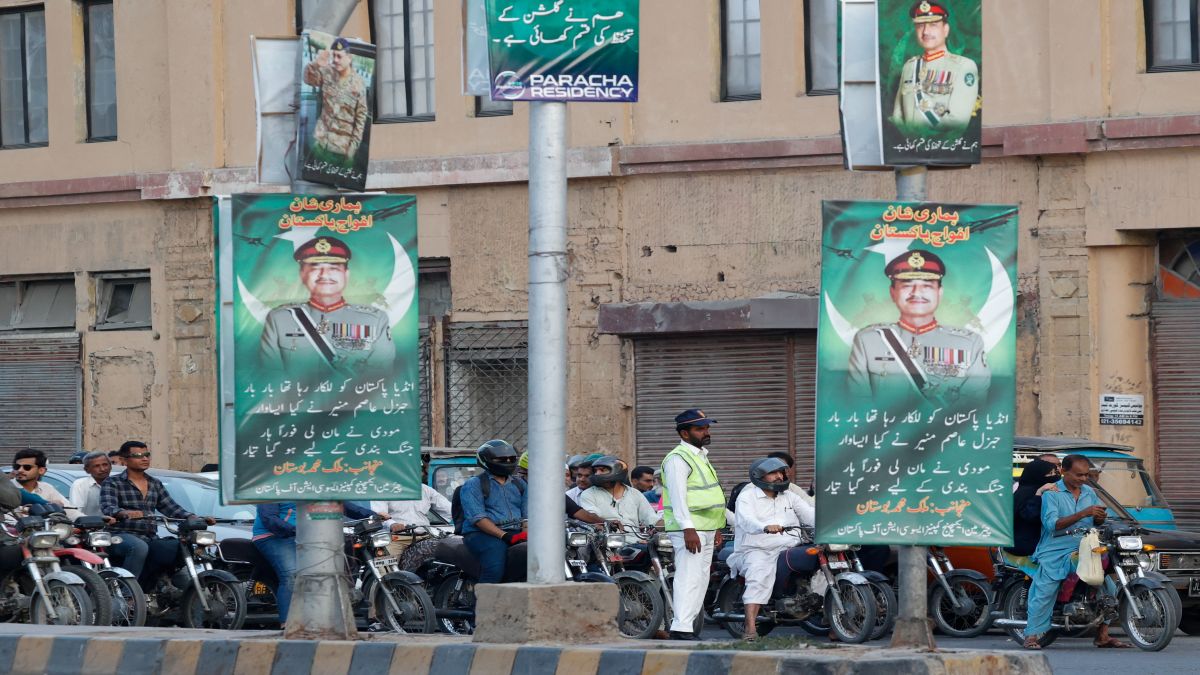)
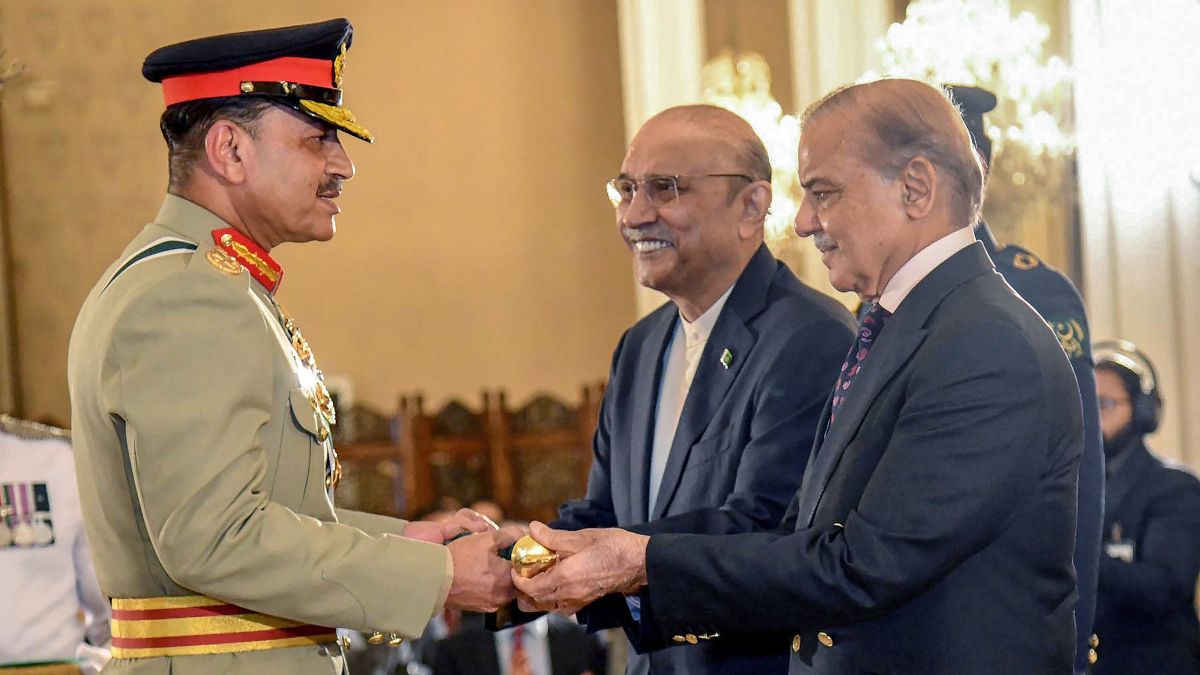)
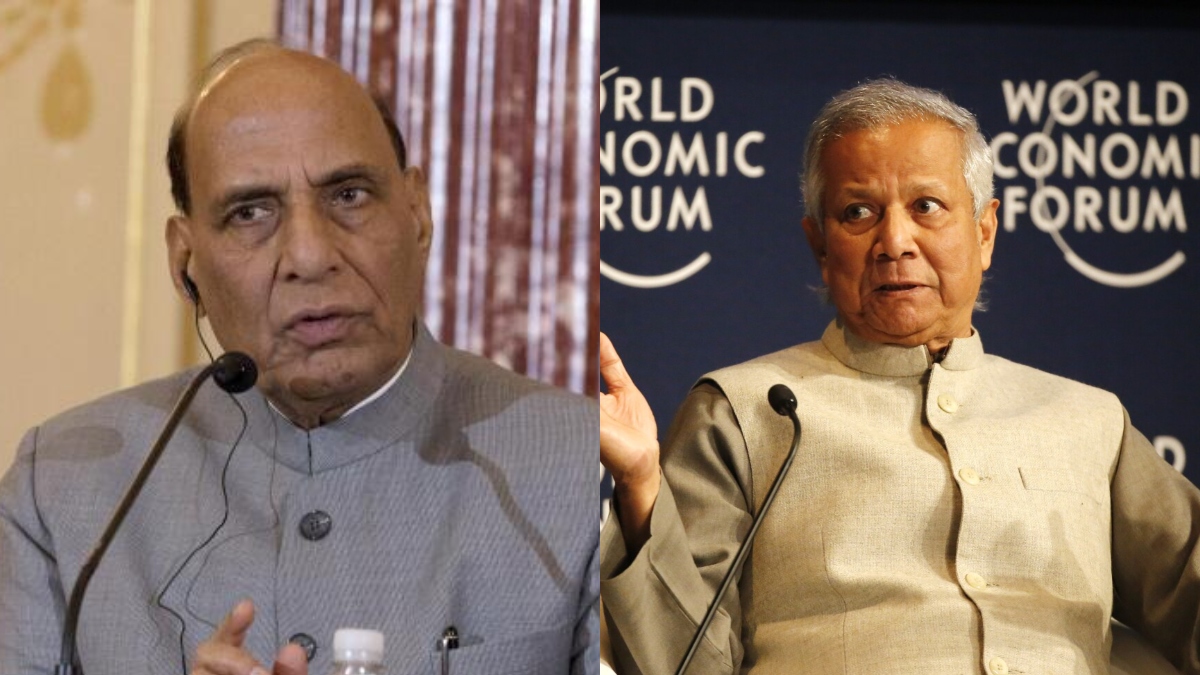)
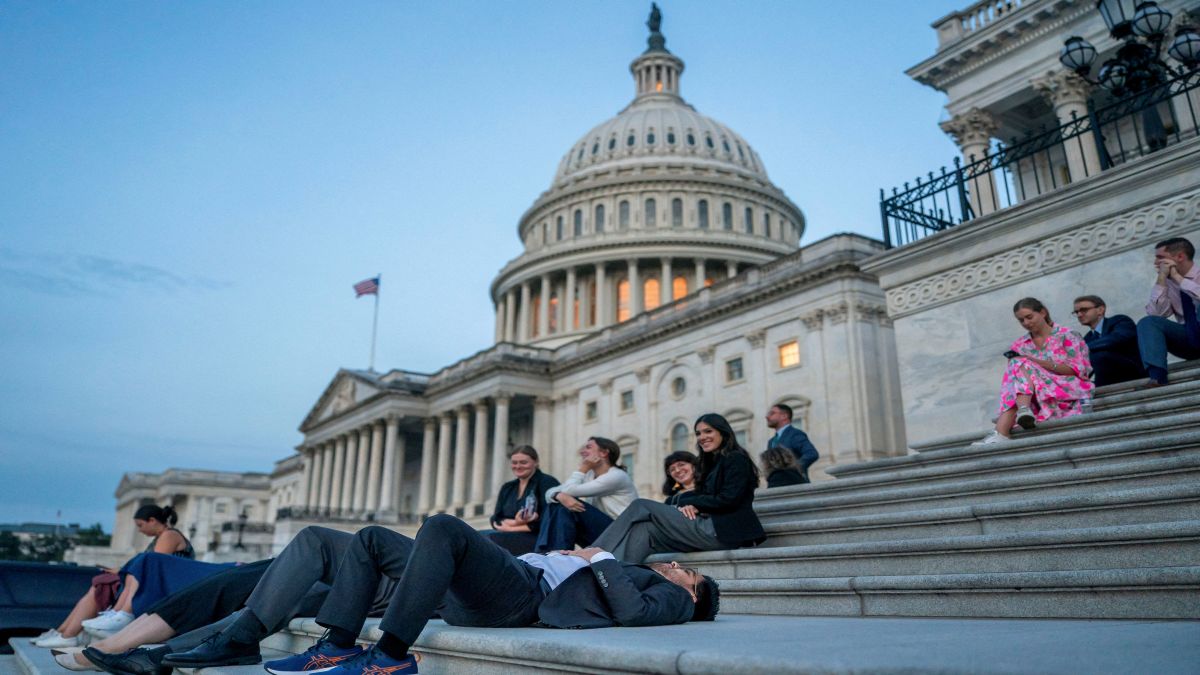)
)
)
)



